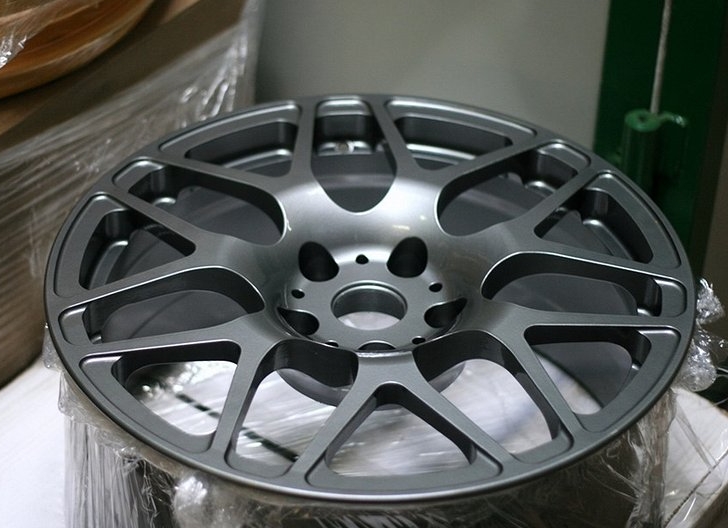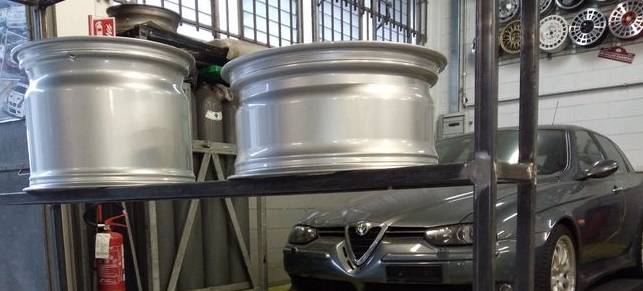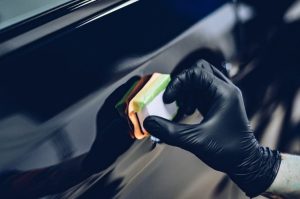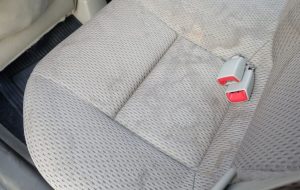
The powder coating process is not recommended for alloy wheels
The practice of painting “castings” has become a widespread business, which is unsurprising given the desire of many to revamp the appearance of their wheels that are subject to wear and tear from time and sandblasting. However, rushing to undergo such a procedure can result in tragic consequences.
Rims are most vulnerable to damage from small stones and road reagents. These culprits cause the paint on the wheels to fade over time and also contribute to small chips. Even tire workers are not immune to causing damage as they may hit the wheels with wrenches in their haste. Mounting holes may also end up with large “wounds” due to this. Additionally, drivers often scrape their wheels against high curbs, causing further damage.
What’s the process for restoring wheels to their original appearance?
Many people may suggest powder coating as a popular option. Prior to this procedure, the wheels are cleaned with an abrasive compound and completely dried. Any remaining remnants of the old coating are then removed with sandpaper and the surface is degreased. Using a special gun with an electrostatic effect, the paint is applied. The wheels are then placed in a specialized oven for approximately 15 minutes, where they are subjected to temperatures of up to 200 degrees to polymerize the new coating.
Can such intense heat damage the wheels?
The answer is yes, it can cause significant harm.
The reason being that these products are created through the casting of alloy into a specific mold, followed by hardening and artificial aging. This process is necessary to provide the required strength to the cast wheels. However, any additional and excessive heating can cause a breakdown in the structure of the metal.

In addition to natural wear and tear, the wheels are constantly subjected to localized loads as the car accumulates mileage. This combination creates a ticking time bomb. A seemingly “new” set of wheels can disintegrate on the road, leading to a loss of control and a severe accident. It’s worth noting that welding with argon is also not recommended by the Association of European Wheel Manufacturers (EUWA).
What can be done if you don’t want to dispose of your wheels but their appearance is less than satisfactory?
One option is to apply acrylic paint to the wheels. Unlike powder coating, acrylic paint is in liquid form, which provides some advantages. The paint comes in aerosol cans, so you can begin working immediately after removing the old layer and degreasing the surface. In contrast to powder coating, there is no need for any heating during the application of acrylic paint.

